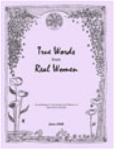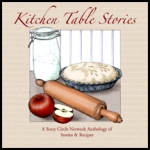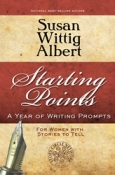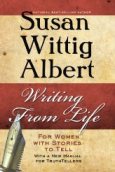This essay was first posted in The Memoir Network July, 2017
I enjoy many forms of physical exercise, from climbing mountains, to backpacking along trails, to bicycling, and even swimming. But mostly nowadays I just go hiking, sometimes with my grandchildren and partner, but often alone. Working the muscles of my body is good for me and helps keep my joints working. I feel better after a long walk.
So, too, my mental muscles feel better after a good writing workout. I’ve been writing diaries ever since I was very young, and I keep boxes of them wherever I’m living at the moment. I draw on them a great deal in my memoir writing. They offer a panoramic view of my life.
I’ve been scribbling “Morning Pages” ever since Julia Cameron’s Sound of Paper came out. Every day along with my morning writing I include entries in my gratitude journal as well as ideas for my recovery blog.
But memory can be selective; and memoir is a tricky animal to tame. Mining our depths, it’s like spelunking in a cave. But how much do we see on those walls of rock? How bright is the lantern we’re holding? We’re swinging from a rope, trying to hold ourselves erect, trying to see what’s there.
And who are we doing the seeing? Not the same person we were last year, or when we were five. What’s etched into those rocks that might read very differently to us now?
Darkness often comes to light when I read pages I wrote when I was ten years old. I may not be that hurting ten-year-old anymore, but I can remember that ten-year-old hurting. The essence of memoir is the change that has occurred in the years in between.
Stringing thoughts together and writing them down keeps my mind agile and open to understanding myself better. At times, I feel confused or I want answers, and when I write about it, the mud often sinks to the bottom and I can see things more clearly.
It’s a clarification process.
Sometimes I start a piece, and by the time I’ve finished it, I’ve answered some questions. It’s sort of like, as Lillian Hellman once described the term “pentimento:” my “old conception, replaced by a later choice, is a way of seeing and then seeing again.”
“Pentimento”—a term in art where sometimes, the artist changing his mind, paints over what he had previously put on the canvas. Thus, he repented.
Many times, I’ve written stories that ended up nowhere I had intended. I thought I wanted to write about one thing, but ended up writing about something else. My first memoir started out as an angry rant about losing my daughter to a horrific illness. But in the two years it took me to write it, it evolved into a memoir of recovery. I was changing and transforming myself even as I was writing it—a very organic process.
So, writing for me is self-discovery. It’s a real excavation process, as we mine our depths often coming out so much richer in self-knowledge than we were in the beginning.

I grew up in Massachusetts. For seventeen years I was an ESL teacher in Virginia. Before that, I lived overseas in the Foreign Service. Just as I provided “springboards” for my students in writing class, my travels provide the back drop for my two memoirs: my award-winning debut memoir, A Mother’s Story: Angie Doesn’t Live Here Anymore; and its sequel, Stepping Stones: A Memoir of Addiction, Loss, and Transformation, winner of the 2020 USA Best Book Award.







